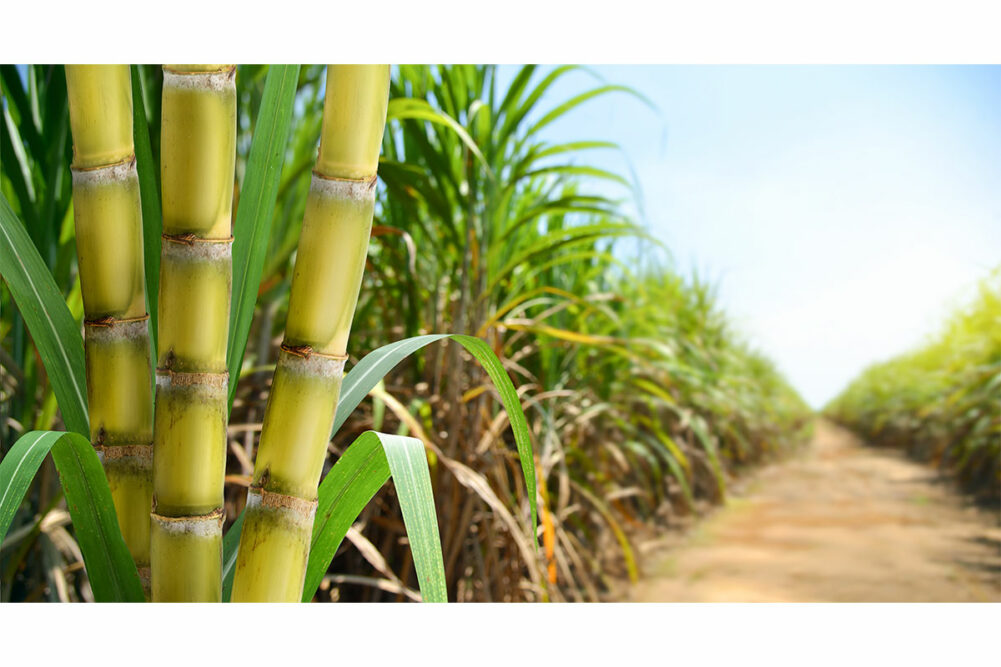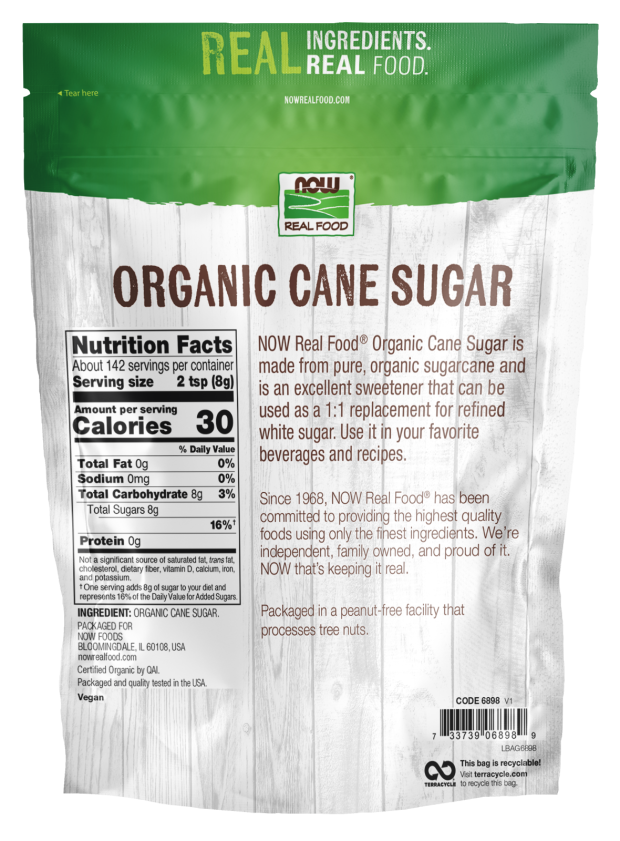Recognizing Cane Sugar Processing: A Comprehensive Overview of the Stages
Recognizing Cane Sugar Processing: A Comprehensive Overview of the Stages
Blog Article
Understanding the Vital Techniques and Technologies Used in Modern Walking Stick Sugar Handling
The evolution of walking stick sugar handling has actually been substantially formed by the assimilation of sophisticated strategies and modern technologies that address both efficiency and sustainability. Enzyme-assisted removal and sophisticated refining techniques have actually reinvented yield optimization, while automation promotes operational dependability. Moreover, the emphasis on lasting practices reflects an expanding awareness of environmental influence. As we check out these essential innovations, it becomes vital to examine exactly how they not just enhance manufacturing however likewise straighten with broader sector patterns and consumer demands, questioning about the future of sugar processing and its effects for global markets.
Historical Context of Walking Stick Sugar Processing
The historic context of walking cane sugar processing exposes a rich tapestry of agricultural advancement and cultural exchange that has actually shaped its growth over centuries. Stemming in Southeast Asia, sugarcane was cultivated as early as 8000 BCE - Cane Sugar Processing. The process of improving and extracting sugar got momentum in India, where methods for crystallization were perfected around the sixth century. This expertise traversed to the Center East, and by the 12th century, sugar ended up being a valued product in Europe, resulting in the facility of sugar haciendas in the Mediterranean.

Advanced Extraction Techniques
Performance in walking stick sugar extraction has actually seen substantial developments, driven by the requirement for greater yields and reduced production expenses. Traditional techniques have actually evolved, paving the way to ingenious technologies that improve the efficiency of the extraction process. One remarkable development is making use of enzyme-assisted extraction, where specific enzymes damage down cell walls and release even more sucrose from the cane fibers. This strategy not just boosts sugar yield however additionally decreases the power required for processing.
Additionally, the fostering of membrane layer purification innovations, such as nanofiltration and turn around osmosis, has actually transformed the separation of sugar from pollutants. These methods permit the discerning permeation of sugar molecules while retaining larger pollutants, enhancing the extraction process and reducing waste.
Furthermore, the integration of continuous extraction systems has resulted in enhanced operational effectiveness. Cane Sugar Processing. These systems preserve a continuous circulation of walking cane product, making certain optimal extraction conditions and reducing downtime associated with set processing
Ingenious Refining Technologies
Refining methods in walking stick sugar handling have actually gone through a transformative shift, driven by the demand for greater pureness and enhanced product high quality. One of the most notable innovations is the fostering of membrane layer filtration technologies, such as ultrafiltration and nanofiltration. These procedures successfully get rid of pollutants and colorants without the need for considerable chemical treatments, thereby protecting the sugar's natural flavor and boosting its charm.
Another substantial improvement is the use of ion exchange materials, which permit for careful removal of undesirable ions from sugar remedies. This modern technology not only enhances the total pureness of the end product but additionally adds to decreased waste and environmental influence.
Additionally, advancements in adsorption methods, making use of activated carbon and other sophisticated products, have actually proven efficient in decolorizing sugar solutions while preserving optimum quality. The integration of these ingenious refining modern technologies ensures that producers can create polished sugar with superior clearness and taste, satisfying the advancing choices of consumers.
Automation and Control Systems
Recent improvements in refining modern technologies have actually led the way for significant improvements in automation and control systems within walking stick sugar handling centers. These systems utilize sophisticated software and hardware to improve operational performance, lower human error, and guarantee constant product quality.
Modern automation incorporates different components, consisting of sensing units, actuators, and programmable reasoning controllers (PLCs), making it possible for real-time monitoring and control of vital procedures. For example, temperature level, pressure, and circulation rates can be precisely managed throughout removal, information, and condensation stages, enhancing performance and lessening waste.
Additionally, progressed information analytics and artificial intelligence algorithms play a critical function in anticipating upkeep, permitting drivers to prepare for tools failings prior to they happen. This positive technique not just minimizes downtime yet likewise prolongs visit this website the life expectancy of equipment.
Furthermore, automation assists in the execution of Sector 4.0 concepts, equipping sugar mills to accomplish greater connection and information exchange throughout procedures. Consequently, decision-making comes to be even more educated and nimble, ultimately improving the overall competitiveness of walking cane sugar manufacturing. With these improvements, the market is well-positioned to meet expanding worldwide demands while keeping functional quality.
Sustainability Practices in Sugar Manufacturing
Sustainability practices in sugar manufacturing have become increasingly vital as the industry seeks to stabilize financial practicality with ecological responsibility. As consumer understanding expands concerning the ecological influences of agricultural practices, sugar producers are taking on cutting-edge methods to lower their environmental footprint.
One significant technique is the implementation of precision agriculture methods, which make use of information analytics to optimize resource use, such as water and fertilizers. This minimizes waste and decreases the influence on local ecological communities. Furthermore, numerous manufacturers are transitioning to eco-friendly power resources, such as biomass from sugarcane byproducts, to power their operations, thus reducing dependence on nonrenewable fuel sources.
Water monitoring techniques are additionally essential; rainwater harvesting and reliable watering systems aid minimize water scarcity issues. Cane Sugar Processing. In addition, incorporated insect monitoring methods lower chemical use, promoting biodiversity and dirt health
Corporate social responsibility initiatives are arising, with companies purchasing regional neighborhoods and making sure fair labor practices. By embracing these sustainability techniques, the sugar market not only boosts its online reputation however also adds to an extra sustainable agricultural landscape, paving the way for future generations.

Conclusion
In recap, modern walking stick sugar processing integrates an array of sophisticated strategies and modern technologies that significantly improve return, efficiency, and sustainability. The fostering of innovative removal and refining methods, along with automation and control systems, assists in enhanced functional performance and item quality. Additionally, the emphasis on sustainable practices emphasizes a dedication to decreasing ecological impact and advertising moral manufacturing. Jointly, these developments position the walking stick sugar industry to fulfill modern needs while resolving vital international obstacles.
The development of cane sugar handling has been significantly formed by the integration of innovative techniques and modern technologies that attend to both efficiency and sustainability.The historical context of walking link stick sugar processing discloses an abundant tapestry of agricultural technology and social exchange that has actually shaped its advancement over centuries. Developments in milling and refining emerged, laying the foundation for contemporary walking stick sugar processing.Refining strategies in walking cane sugar handling have undertaken index a transformative shift, driven by the demand for greater purity and enhanced product top quality.In summary, modern walking stick sugar processing incorporates an array of advanced techniques and innovations that considerably boost efficiency, sustainability, and yield.
Report this page